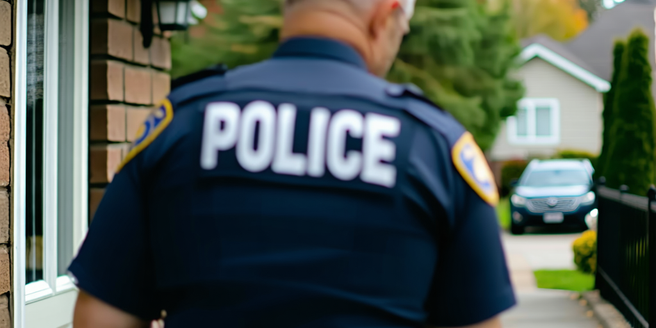Understanding No-cost Home Security Assessments

What Are No-cost Home Security Assessments?
No-cost home security assessments are evaluations conducted by professionals to identify vulnerabilities in residential security without charging the homeowner. These assessments aim to enhance the safety and security of homes by identifying potential risks and offering practical recommendations to mitigate them. Typically provided by law enforcement agencies or local community organizations, these no-cost assessments offer homeowners valuable insights into their current security measures. Additionally, they can detect overlooked aspects that might compromise home safety. By doing so, individuals can make informed decisions about improving home safety without incurring initial costs. This service empowers homeowners by providing knowledge essential for protecting their families and properties.
Key Benefits of Free Home Security Evaluations
Free home security evaluations offer several key benefits to homeowners. Firstly, they provide expert advice at no cost, allowing individuals to benefit from professional insights without financial burden. These assessments help identify potential security weaknesses, enabling homeowners to address issues before they become significant problems. Additionally, they promote awareness about current safety measures, offering guidance on potential upgrades. By understanding the strengths and weaknesses of their security setup, homeowners can feel more confident in their protection plans. Furthermore, these evaluations often lead to enhanced community safety, as they encourage neighborhood cooperation and proactive safety measures.
How to Find No-cost Security Assessment Providers
Finding providers who offer no-cost security assessments is simpler than one might think. A common starting point is contacting local law enforcement agencies, as many police departments offer these assessments as part of community outreach programs. Additionally, homeowners can check with neighborhood associations or community centers that often facilitate such services. Online research is another practical approach, where local forums or websites might list available resources. It’s essential to verify the credibility and reputation of the provider to ensure an effective assessment. Overall, a combination of local engagement and online inquiries will help locate suitable providers.
What to Expect During a Home Security Assessment
During a home security assessment, homeowners can expect a thorough evaluation of their property by a trained professional. The assessor will inspect various aspects, including entry points, outdoor lighting, and security systems. They will identify vulnerabilities and suggest upgrades or modifications to enhance safety. Homeowners should prepare by having access to areas like basements and attics for a comprehensive review. It’s also a good idea for them to compile any questions or concerns they might have in advance. The assessor will also discuss security habits and recommend changes to improve overall safety. By the end of the assessment, homeowners receive a detailed report outlining findings and suggested actions.
Common Security Risks Identified in Assessments
Security assessments commonly identify risks such as inadequate door and window locks, poor lighting around entry points, and outdated security systems. Many homes also lack proper surveillance, making them vulnerable to unauthorized access. Regularly updating security measures is crucial to ensure ongoing protection. Assessed risks often include easily accessible entry points and overgrown vegetation that can conceal potential intruders. Additionally, assessments might reveal gaps in security protocols, like failure to change locks after a key has been lost or inadequate awareness of neighborhood safety practices. Addressing these issues enhances the security of the home and protects against potential burglars.
Steps to Take After a Security Assessment
After a security assessment, the first step is reviewing the report provided by the assessor. Homeowners should prioritize addressing critical vulnerabilities identified during the evaluation. It’s important to carefully examine each finding to understand its potential impact. Implementing recommended changes, such as upgrading locks or installing surveillance systems, can significantly enhance security. It’s also essential to educate household members about any updated safety measures and encourage adherence to best security practices. Follow-up assessments can ensure that new measures remain effective over time. Staying informed about local crime trends and adjusting security strategies accordingly is vital for maintaining a secure home environment.